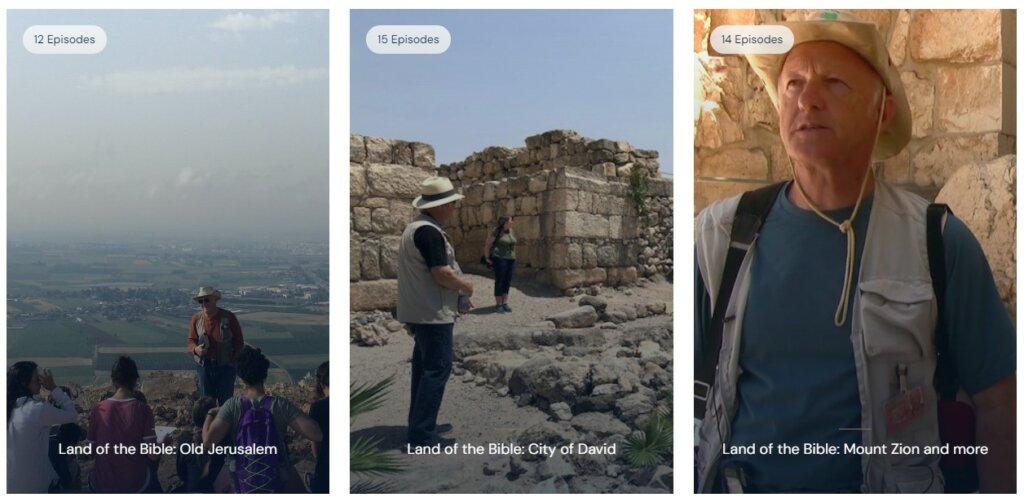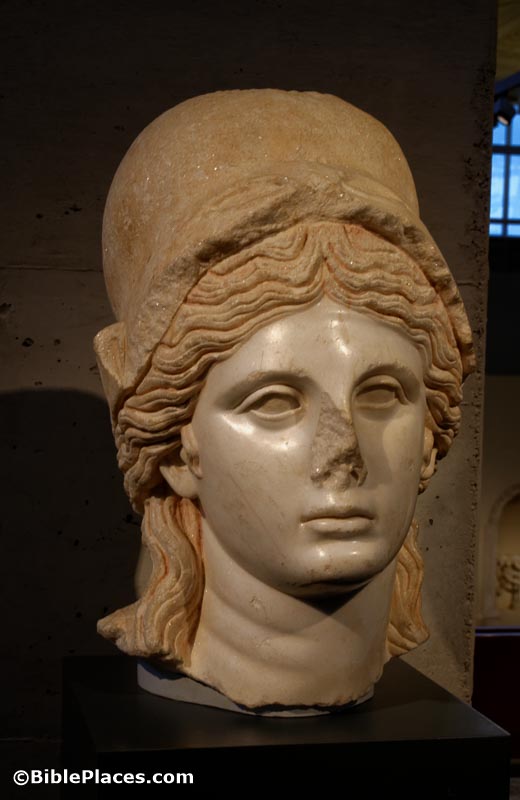“Two IDF reservists recently discovered a 1,500-year-old, well-preserved pottery oil lamp from the Byzantine period in the mud of a Gaza staging area.”
Archaeologists excavating a Middle Bronze level in Jaffa discovered a jar containing the skeleton of an infant.
A study of the magnetic field recorded in bricks burned during Hazael’s conquest of Gath “will make it possible for archaeologists to identify burnt materials discovered in excavations and estimate their firing temperatures.”
There are reports of new damage to the “altar” on Mount Ebal.
Jerusalem Dateline has a 20-minute special edition on the excavations at Shiloh.
The new radiocarbon dates from Gezer are the subject of the latest episode of This Week in the Ancient Near East.
New release: Tell es-Safi/Gath III: Studies on the Early Bronze Age, Part 1, edited by I. Shai, H. J. Greenfield, and A. M. Maeir (Zaphon)
New release: The Excavation of the Templar Fortress at Jacob’s Ford (1993-2009), by Kate Raphael (Hebrew Union College, 300 NIS)
New release: The Essential Archaeological Guide to Bible Lands: Uncovering Biblical Sites of the Ancient Near East and Mediterranean World, by Titus Kennedy (Harvest House, $35; Logos, $17)
On sale for Logos: Unearthing the Bible: 101 Archaeological Discoveries That Bring the Bible to Life, by Titus Kennedy ($6)
Archaeological volunteers who received a BAS Dig Scholarship share some of their stories from the summer excavations at Abel Beth Maacah, Azekah, Shikhin, Shimron, and Tel Hadid.
David Padfield has posted nearly 100 photographs of the model of Jerusalem at the Israel Museum, using AI to help remove tourists and other distracting items.
Carl Rasmussen shares some photos that David Padfield took inside Al Aqsa Mosque on Jerusalem’s Temple Mount.
The creator of the Bible Mapper Atlas lists the top 10 maps released in 2023, in his own opinion.
HT: Agade, Arne Halbakken, Ted Weis, Gordon Dickson

